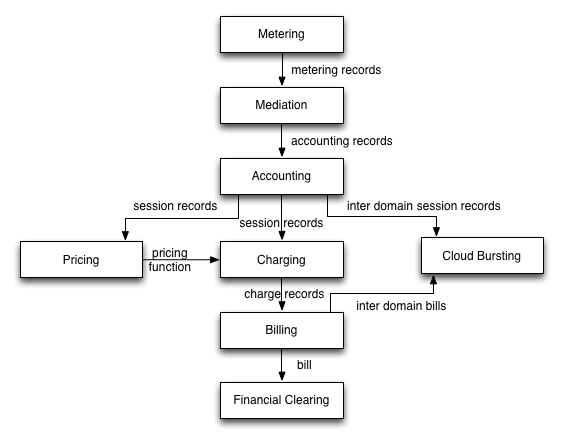Step 1 – Careful financial planning and understanding the financial process
Here at ICCLab, we do applied research covering the full spectrum of cloud services stack – Infrastructure as a Service (IaaS), Platform as a Service (PaaS), and also Software as a Service (SaaS). Our researchers have been doing extensive research in automating the cloud stack installation and management, making your services highly available and dependable by identifying critical services in your offering. At the end of the day – everyone requires sufficient financial flow to keep their services up and running. All of us love doing ground-breaking, challenging applied research involving cutting-edge technologies, but it is also important to differentiate our service offerings from potential competition. Given the huge interest that cloud computing has generated among all stakeholders in any economic setting – it is not farfetched to assume that any novel cloud service you can come up with, very soon you will have to deal with potential competition in your service space. So the question naturally arise – how do I differentiate my service from my competitors? In this first post of a several part series we will try to take a baby step towards just that!
Understanding the business accounting process
Since most of us are pure technologists, we tend to overlook the importance of careful financial planning. Having a general understanding of the accounting process could help us create a sustainable business model for the cloud service offerings. So let us very briefly take a peek into a typical accounting process.
A typical financial process can be nicely explained using the flow diagram shown below.

The key elements of the accounting process are –
- Metering – this refers to the process of collecting resource usage metrics of your customers. This step is critical and must be planned carefully as these metrics provides you the basis on which you bill your end users.
- Mediation – it refers to the process of assimilating different metering records from various meters into a general meter-agnostic accounting records. This step helps transform disparate data into a form which is somewhat uniform and makes the rest of the elements of the accounting process metering strategy agnostic.
- Accounting – within the overall accounting process, the accounting box task includes long term storage of the accounting records. It also houses the logic to combine several accounting records into a session record – which would entail identifying all accounting records belonging to the same customer session and then aggregating them into one or several session records.
- Pricing – it refers to the various strategies that in the end generates the appropriate pricing function that would be applied to different session records. The pricing module needs a bit of thought to implement, and we will cover a bit more about it later in the series.
- Charging – this is simply the process of applying the pricing functions to the session records in order to generate the charge records. This is the process that ultimately assigns the monetary values to end users’ consumption of your cloud services.
- Cloud Bursting – in case you have agreements with other cloud service providers to migrate their peak load into our own environment, you will at some point in time bill them for the use of your resources. Depending on special agreements that could be in place between the two providers, the interdomain billing process will be different. The translation of session records into an interdomain format and handling of inter-domain bills is done in this module.
- Billing – this refers to the process of combining the various charge units of the consumer since the last billing cycle into an easily comprehensible bill that will be sent to the users for payment. The final bill format could depend on the billing preferences such as consolidated view vs. itemized view and possibly other parameters.
- Financial Clearing – it refers to the actual money collection from the customers, it could include processes such as handling of automatic clearing house (ACH), credit card transactions, direct banking channels, etc. Once the customer pays the bill, the billing cycle is considered closed.
Now that we have learned the high level view of a general accounting process, in the next post of the series we will focus on one of the more critical elements of the whole process – pricing!
1 Kommentar